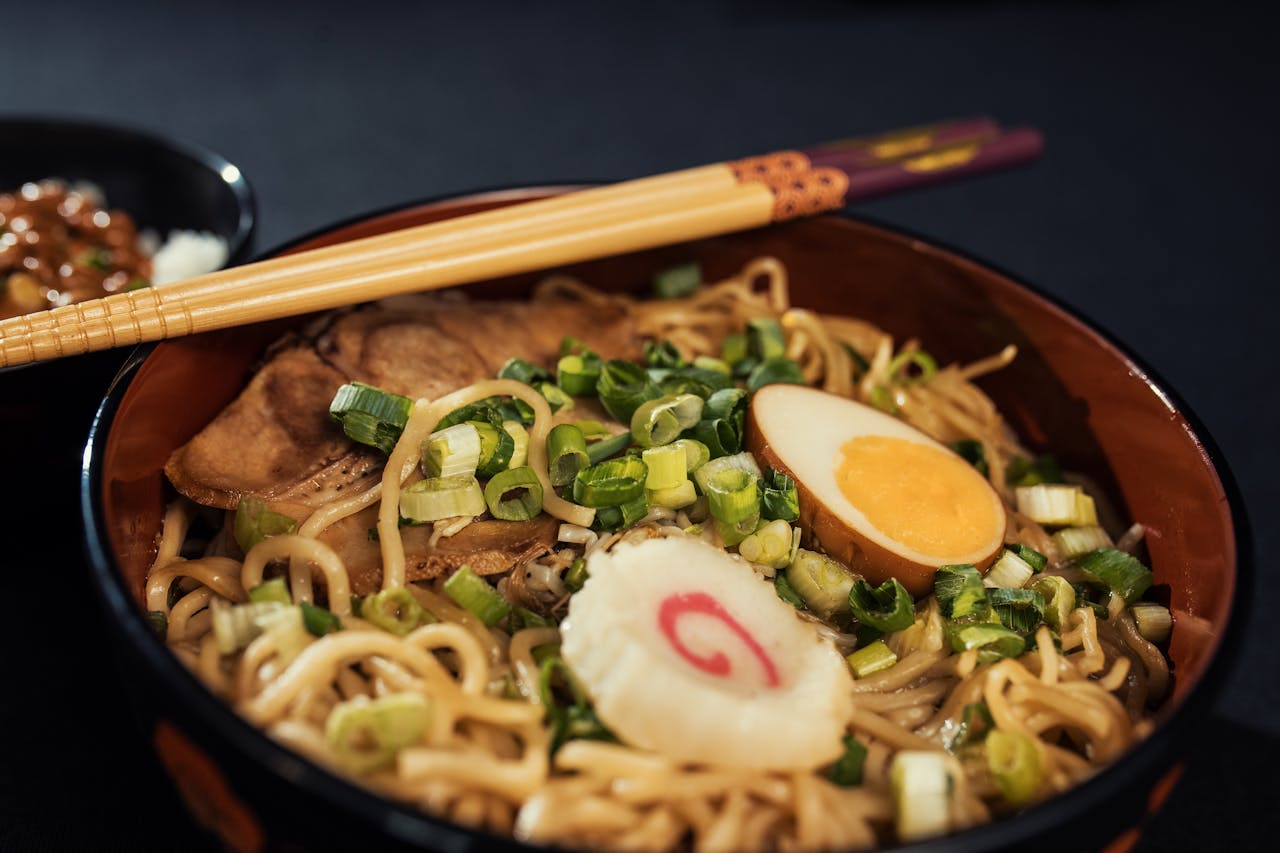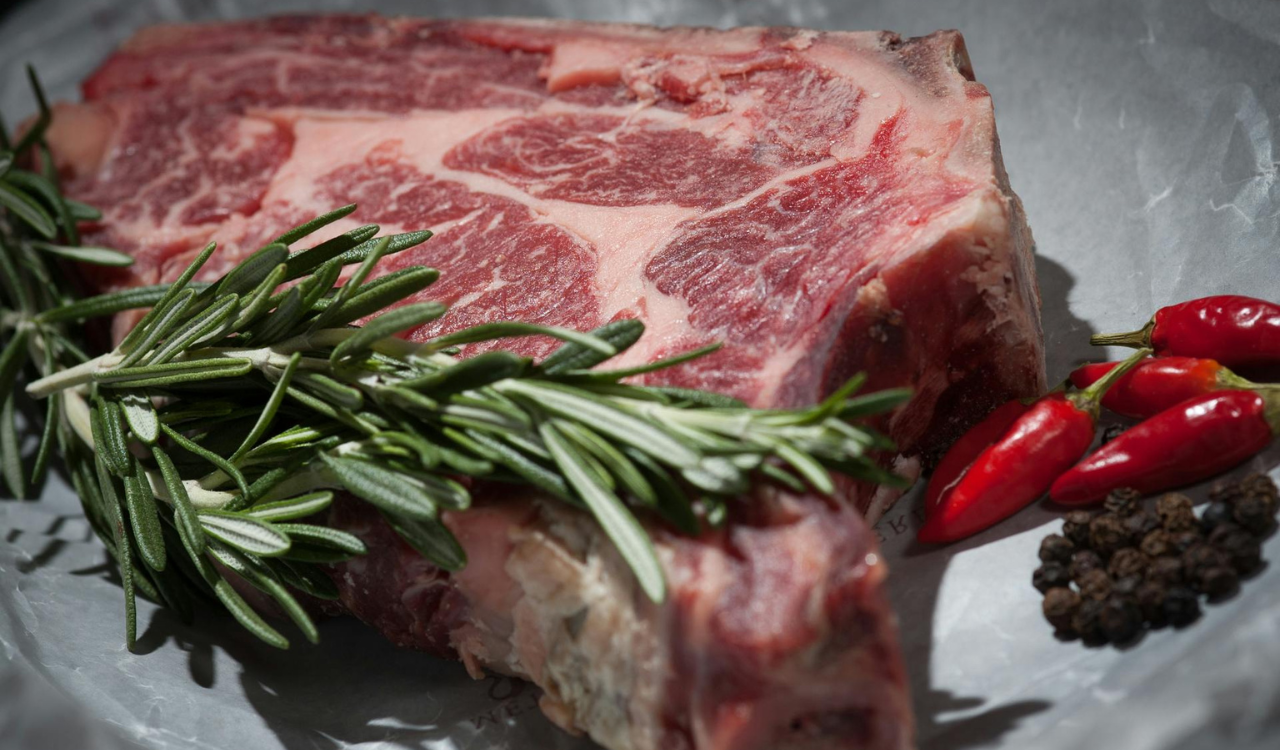8 Secrets Behind Perfect Sweet Potato Pie

Sweet potato pie is a dessert that blends comfort, tradition, and flavor in every slice. Its creamy custard, warm spices, and buttery crust make it a favorite at holiday tables and Sunday gatherings alike. But creating a pie that’s as silky as it is flavorful requires more than following a recipe. Small techniques make a big difference, from how you cook the potatoes to how you handle the crust. Here are eight essential secrets that guarantee your sweet potato pie turns out smooth, rich, and unforgettable every single time.
1. Choose the Right Sweet Potatoes

The first secret to perfect sweet potato pie lies in choosing the right variety. Deep orange-fleshed types like Beauregard or Jewel are naturally sweet and dense, giving your pie vibrant color and depth of flavor. Lighter or stringy varieties can create a bland, watery base that requires extra sugar to compensate. Always pick firm potatoes with smooth skin, free of soft spots or sprouting. By starting with a high-quality ingredient, you’ll set yourself up for a pie that shines without needing too many add-ins.
2. Roast Instead of Boil

While boiling may seem like the easiest way to cook sweet potatoes, it can actually leave you with a watery, less flavorful filling. Roasting concentrates the natural sugars and caramelizes the flesh, producing a richer taste and firmer texture. Set your oven to 400 °F (200 °C) and bake until the skins are wrinkled and the flesh is tender all the way through. The result is a naturally sweet, thick puree that doesn’t require as much thickening, making your pie smoother and more luxurious.
3. Strain for a Smooth Base

Even well-roasted sweet potatoes can hold onto fibers or small lumps that disrupt the filling. After scooping out the flesh, press it through a sieve or ricer for the silkiest result. This step only takes a few minutes but makes a noticeable difference in texture. Removing those stringy bits ensures your custard bakes evenly and feels light rather than heavy. A smooth base also absorbs dairy, sugar, and spices more effectively, blending everything into one cohesive mixture that melts beautifully in the mouth.
4. Use Warm Dairy and Room-Temperature Eggs

Mixing cold milk or eggs directly into warm sweet potato puree can cause curdling or uneven texture. To prevent this, let eggs sit out until room temperature and gently warm your dairy before combining. This keeps the mixture smooth and cohesive, avoiding small curds that can ruin the custard’s texture. Properly tempered ingredients bake more evenly, creating a filling that is creamy from edge to center. It’s a small adjustment, but one that makes a big difference in achieving pie perfection.
5. Add a Touch of Citrus

Sweet potato pie can sometimes feel heavy, but a hint of citrus transforms it. Lemon or orange zest adds brightness that balances sweetness and deepens flavor. Just a teaspoon of zest or a few drops of juice can elevate the entire pie without making it taste overtly citrusy. The acidity cuts through richness while enhancing the earthiness of the sweet potato itself. This little addition is a professional baker’s trick, helping your pie taste vibrant and layered rather than overly dense or one-note.
6. Protect Your Crust

A soggy bottom or burnt edges can ruin an otherwise perfect pie. Blind baking, or pre-baking the crust with pie weights, ensures a firm, crisp base before adding filling. To protect the edges, wrap them in foil or use a pie shield so they don’t overbrown before the custard sets. This balance allows the crust to remain flaky and golden while supporting the soft filling. Paying attention to the crust is just as important as the filling; it provides the foundation for every delicious slice.
7. Bake Until Just Jiggly

One of the biggest mistakes with custard pies is overbaking. Leave your sweet potato pie in the oven until the edges are firm but the center still jiggles slightly, like soft gelatin. The filling will continue to set as it cools, preventing cracks and dryness. Overbaked pies often lose their silky texture, becoming rubbery or grainy. Watching for the “just jiggly” stage ensures the custard is creamy and smooth, giving you that perfect consistency that makes each bite feel indulgent and satisfying.
8. Chill Before Serving

Sweet potato pie may smell irresistible fresh out of the oven, but patience pays off. Cooling the pie to room temperature and then chilling it in the refrigerator for at least four hours allows the custard to set fully. This resting period also deepens the flavors, letting spices and sweetness meld together. A chilled pie slices cleanly and holds its shape without oozing. Serving it cold or lightly warmed makes for a dessert that’s both beautiful and delicious, rewarding your restraint with perfect presentation.





